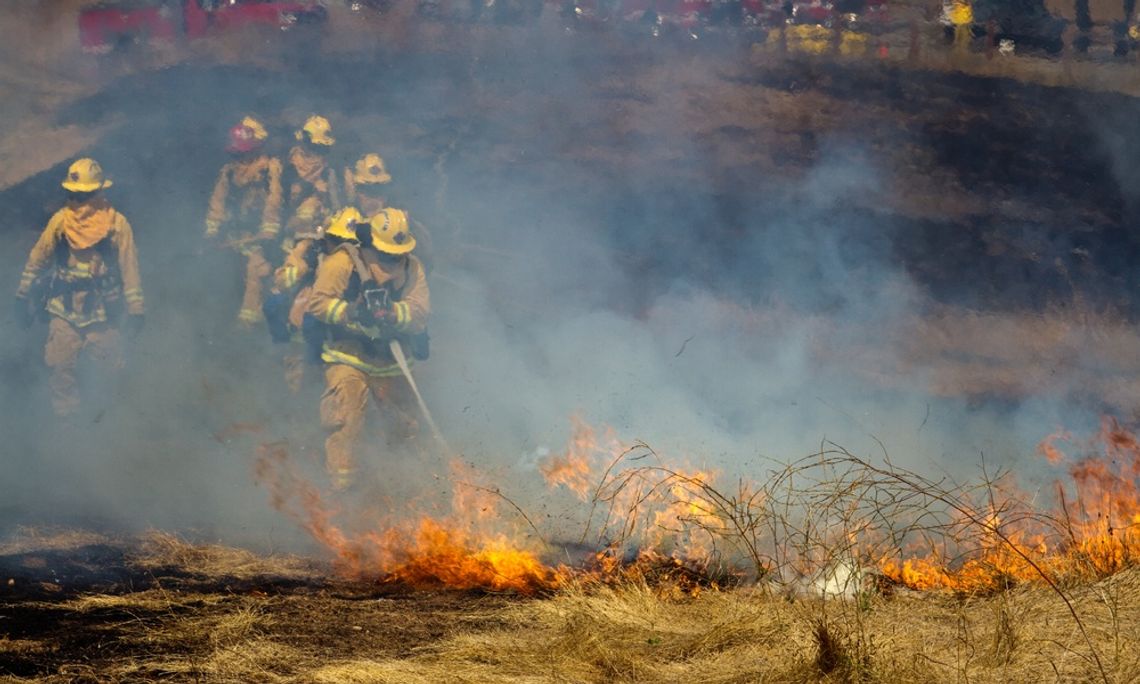Wildland firefighting is a uniquely high-stakes profession, defined by unpredictable fire behavior, intense conditions, and rugged terrain. Every tool, from an axe to a radio, plays a decisive role in supporting the safety and effectiveness of crew members. However, one component that often receives insufficient attention is visibility. The critical role of visibility in wildland fire zones is not just about seeing but about being seen—something vital to coordination and survival.
Why Visibility Matters
The wildland fireline is fraught with hazards that can drastically reduce visibility. Thick smoke, dusk or pre-dawn lighting, dense vegetation, and rugged landscapes create a cocktail of challenges. Under such conditions, locating crew members becomes a daunting task. These environments aren’t just visually chaotic; they are also loud and fast-moving, making visual cues one of the most reliable means of communication.
When visibility is compromised, situational awareness suffers. On the fireline, this could lead to dangerous missteps such as vehicle accidents, slips, or crew members becoming separated. Maintaining clear visual contact is essential for teamwork, enhancing accountability, and minimizing risks that could result in injury or loss of life. At the heart of all of this is the importance of every firefighter being easily visible, even in the most chaotic moments.
High-Visibility Gear
Wildland firefighters rely on specialized apparel designed for their specific needs. High-visibility brush shirts, pants, and vests, often outfitted with fluorescent colors and retroreflective striping, are carefully engineered to stand out in the most challenging conditions. Unlike structural firefighting gear, which prioritizes a different type of threat, these garments are ideal for quick recognition and mobility in wildland environments.
The effectiveness of high-visibility gear becomes even more apparent in real-world scenarios. For instance, when paired with a helmet light or working amid flickering firelines, the reflective materials magnify the chances of being seen by both ground crews and aerial support. These wildland-specific designs strike a balance between visibility, durability, and functionality without sacrificing comfort.
Optimized Communication
Firefighters who use high-visibility equipment in wildland firefighting communicate more effectively, maintain better situational awareness, and operate as a more cohesive unit. This insight shows where improved visibility often makes the difference between order and chaos, safety and risk.
Visibility as a Force Multiplier
High-visibility gear goes beyond regulatory compliance. It serves as a proactive safety measure that amplifies crew efficiency and confidence. Teams that prioritize visibility respond faster, collaborate effectively, and significantly reduce avoidable injuries. By choosing high-visibility gear, you’re adhering to safety standards and actively enhancing your crew’s chances for success.
Visibility is more than a precaution—it drives effective operations on the fireline. When firefighters recognize the critical role of visibility in wildland fire zones, they make intentional gear choices that boost safety, coordination, and performance. In environments where lives depend on rapid decisions and clear communication, visibility is essential.


Comment
Comments